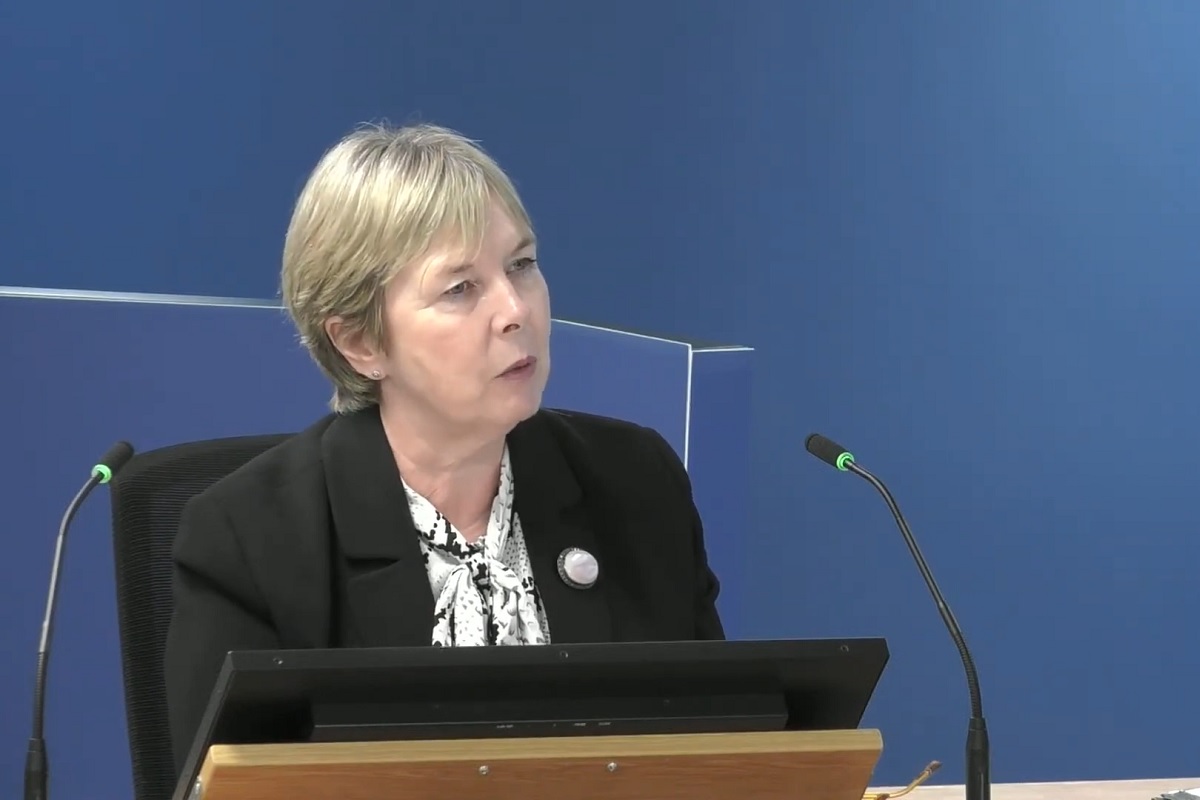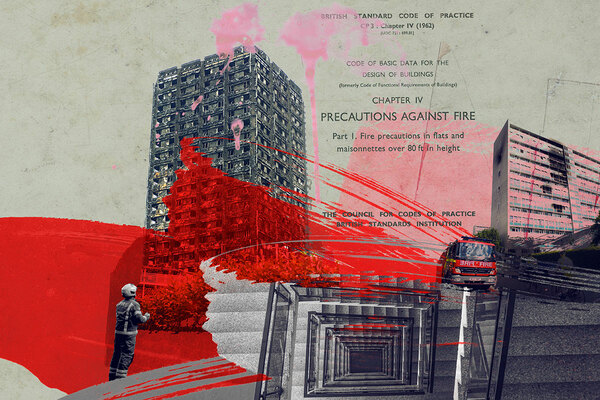You are viewing 1 of your 1 free articles
Stay put ‘can’t be trusted’, former LFB deputy commissioner says
The ‘stay put’ approach to fire safety in high-rise buildings “can’t be trusted”, a former deputy commissioner of the London Fire Brigade (LFB) accepted at the Grenfell Tower Inquiry today.
Giving evidence today, Rita Dexter was asked about a submission to the inquiry she made in November 2017, five months after the fire.
In it, she wrote that the LFB’s application of stay put is “predicated upon an assumption that a building does not suffer from a lack of structural integrity and that the fire safety features will perform”.
She added: “Both the Lakanal and Grenfell fires demonstrate that this assumption can be wrong and fatal in its outcomes.
“The brigade cannot be expected to be certain that all of the buildings where they attend fires will be constructed or maintained in accordance with regulations and that it will ‘perform’ in any specified way if a fire occurs.”
Richard Millett QC, lead counsel to the inquiry, asked Ms Dexter if it followed that “stay put cannot be expected or assumed to be an appropriate and safe evacuation policy for a high-rise building”.
The witness did not initially accept the proposition, suggesting that “it’s not an all-or-nothing thing”.
But Mr Millett pushed her again, asking: “Does it not follow that given the assumption that a high-rise building will not always perform, so far as fire safety features are concerned, in the event of a fire – as you’ve accepted – does it not follow from that that stay put can’t be trusted?”
“Yes,” Ms Dexter responded.
She was then asked why, if that was the case, firefighters were never given training or materials “that sent a very clear message” that they needed to be ready to evacuate buildings.
Ms Dexter pointed to a “policy deficiency” within the LFB and referred to the inquiry’s phase one report, which said stay put had been an “article of faith” within the service.
“I think that’s a fair commentary,” she remarked.
Stay put has long been the dominant approach to fire safety in blocks of flats in the UK and is based on the idea that buildings are designed to contain flames and smoke within a compartment.
But it has become a highly controversial issue since the Grenfell Tower fire, with the inquiry’s phase one report concluding that “many more lives” would likely have been saved if residents had been told to escape by 1.50am.
As it was, they were consistently told to remain in their flats until 2.47am, by which time the fire had taken hold so completely that a managed total evacuation was impossible.
Later, Mr Millett asked Ms Dexter about her immediate reaction upon seeing images of Grenfell Tower ablaze on 14 June 2017 – two years and three months after she had left the LFB.
She was visibly on the verge of tears as she replied: “It was like 9/11, it was like something one couldn’t stop watching, and it was just a terrible thing.”
“I personally had my reservations” about stay put by that time, she told the inquiry.
But she did not agree with Mr Millett’s suggestion that she thought this type of fire had been “waiting to happen” and was something “for which the LFB could be reasonably prepared”.
Ms Dexter suggested that her current ideas to improve the brigade’s response to high-rise fires – including to send a “stay put specialist” to incidents – would not have been progressed “because cultural resistance to having people who aren’t operational firefighters on the incident ground is strong”.
After Ms Dexter’s cross-examination concluded, she was replaced in the witness box by Gary Reason, who was director of operational resilience and training at the LFB from January 2012 to January 2015.
Questioned on why an August 2014 training document for LFB staff prepared amid the aftermath of the Lakanal House fire did not mention how to identify or assess cladding while inspecting the fire safety of buildings, Mr Reason suggested it was because of a lack of “understanding” about external cladding in the organisation.
“The concept that a fire like Grenfell could happen was just not something that I would have ever imagined could happen, both in terms of its scale and indeed the speed of fire development,” he said.
The inquiry continues.
Sign up for our weekly Grenfell Inquiry newsletter
Each week we send out a newsletter rounding up the key news from the Grenfell Inquiry, along with the headlines from the week
Already have an account? Click here to manage your newsletters












